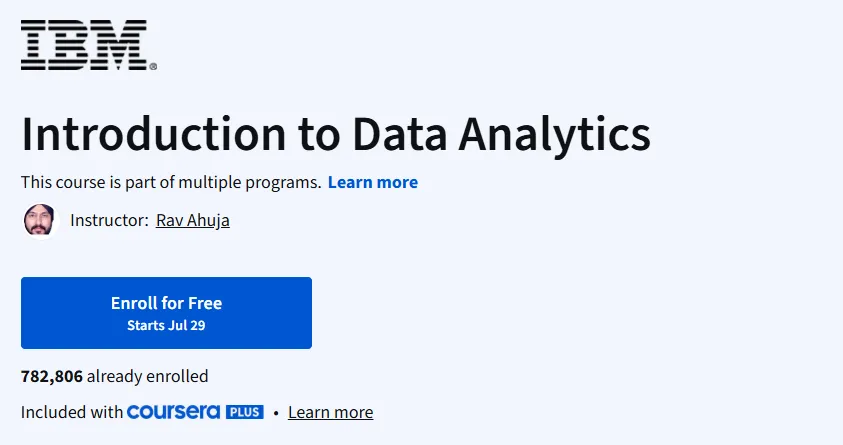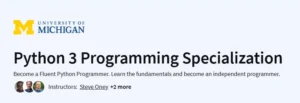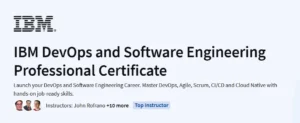What will you learn in Introduction to Data Analytics Course
Understand the data analysis lifecycle and its real-world applications.
Identify different types of data structures and data roles.
Learn foundational concepts of data visualization and statistical techniques.
Explore common tools used in data analytics including Excel, R, and Python.
Program Overview
Module 1: Introduction to Data Analytics
⏱️ 1 week
Topics: Role of data analysts, data ecosystem, data-driven decision-making
Hands-on: Real-world case discussions on data use in business
Module 2: Analytical Skills and Tools
⏱️ 1 week
Topics: Basic concepts of spreadsheets, SQL, R, and Python
Hands-on: Tool comparison exercises and guided tool introductions
Module 3: Data Ecosystem and Key Concepts
⏱️ 1 week
Topics: Databases, data warehouses, and data lakes
Hands-on: Simple walkthroughs of data environments
Module 4: Data Visualization and Insights
⏱️ 1 week
Topics: Charts, dashboards, storytelling with data
Hands-on: Creating visual insights from sample datasets
Get certificate
Job Outlook
Strong job market for data analysts across industries.
Average salary ranges between $60K–$90K for entry-level roles.
Solid stepping stone for careers in data science, business intelligence, and analytics.
Opportunities in freelancing, consulting, and corporate analytics teams.
Specification: Introduction to Data Analytics
|
FAQs
- The course is designed for beginners and assumes no prior programming knowledge.
- Basic familiarity with Excel or spreadsheets can help, but isn’t mandatory.
- Introductory statistics concepts are explained as part of the course.
- Learners can follow along with guided exercises and examples.
- Additional resources may be used for practice in statistics or data handling.
- The course includes exercises using real-world datasets for analysis.
- Learners practice data cleaning, visualization, and basic statistical analysis.
- Step-by-step guidance ensures beginners can handle datasets confidently.
- Exercises simulate real workplace scenarios in data analytics.
- Hands-on practice helps build skills for portfolio projects or internships.
- It provides foundational knowledge necessary for data analyst roles.
- Learners gain skills in Excel, data visualization, and data interpretation.
- Understanding of basic analytics concepts supports further learning in specialized areas.
- Completion can strengthen applications for internships or junior analytics positions.
- Additional practice or advanced courses may be needed for more technical roles.
- The course covers widely used tools like Excel and introductory analytics software.
- Skills in data cleaning, visualization, and reporting are transferable to many platforms.
- Concepts learned provide a strong foundation for learning SQL, Python, or R later.
- Exposure to these tools helps beginners understand analytics workflows.
- Practical exercises simulate real-world analytics tasks.
- Estimated completion is around 4–6 weeks at a part-time pace.
- Weekly effort of 3–5 hours is generally sufficient to follow lessons and complete exercises.
- Consistent practice in data manipulation and visualization improves retention.
- Revisiting exercises or exploring additional datasets may require extra time.
- Regular engagement ensures learners develop both conceptual understanding and practical skills.





